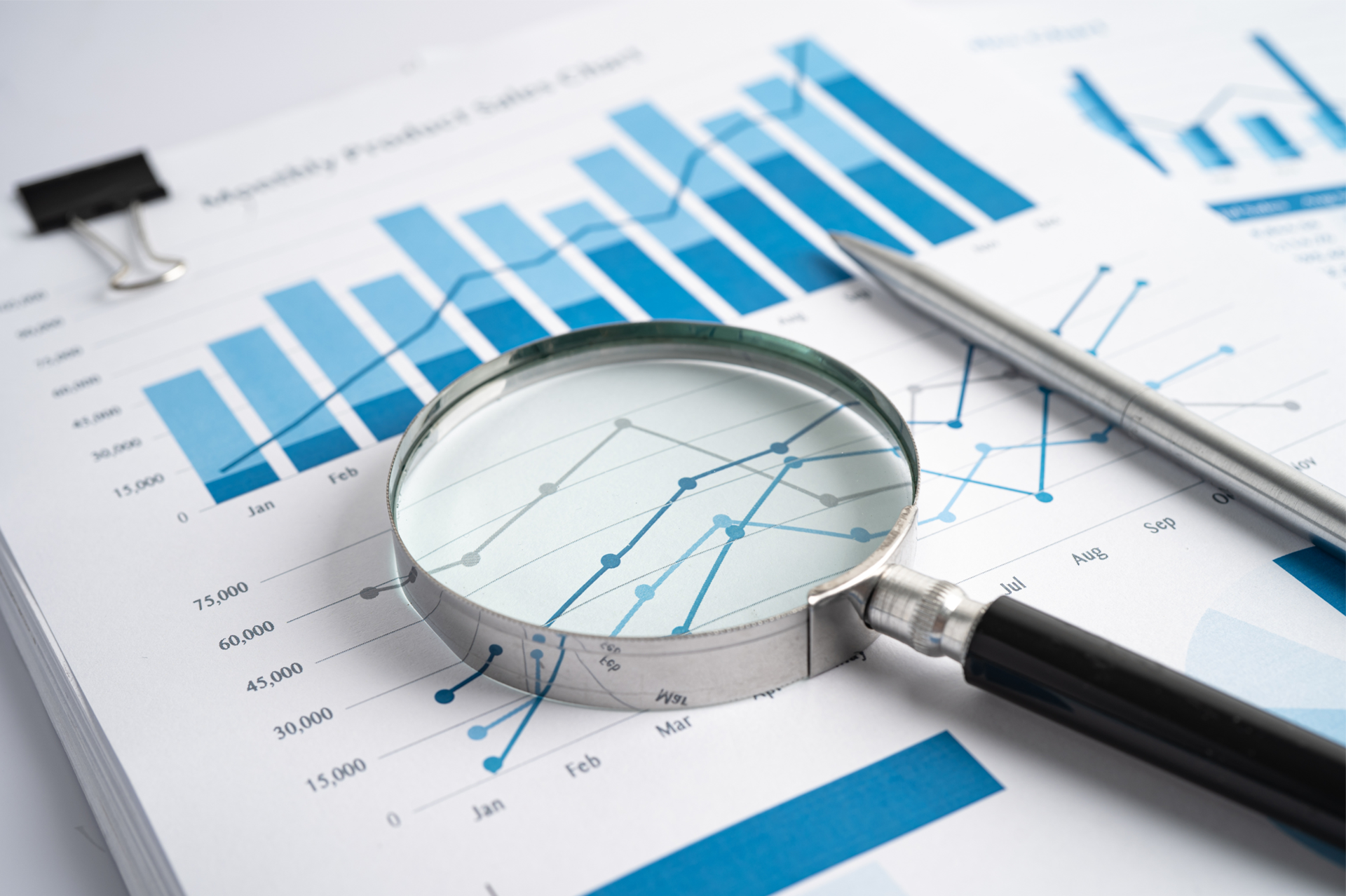QlikView Software Solutions – What a Sales Dashboard Should Include
Roger Knocker • November 24, 2023
QlikView Software Solutions – What a Sales Dashboard Should Include
What a Sales Dashboard Should Include if You Want to Measure Business Performance
Business is only as successful as its income and management of resources. Business performance is thus related to the above. Making use of software solutions to track sales, cross selling and performance is a good start to ensure that you keep close tabs on the business performance. However, knowing how to set up relevant dashboard models is essential if you want to get the most from the software solution.
As a valued reseller of QlikView software solutions in South Africa, we have extensive experience in creating relevant and client-specific dashboard models which help clients get the most benefit from using the available QlikView software solutions. Below, we take a look at some aspects of the QlikView software solution and how we can make the sales dashboard work for you.
As long as sales are good, your company can grow. It is thus essential to monitor your sales closely, if you want to measure business performance. One of the useful dashboards forming part of the QlikView software solutions is that of the sales dashboard. With such a dashboard in place, you can check every step of the sales process, whether it is the quotations given or the products delivered. We provide you with relevant key performance indicators to measure profitability and efficiency in sales.
To perform accurate and relevant sales analyses you need the right KPIs, and you must be able to do comparisons. The dashboard models we create in QlikView enable you to compare, for instance, actual sales to your budget, to the last month, and to the same period of the previous financial year, as well as compare actual sales to your forecast. You can compare trend information, such as sales for the past few years or months. You can even compare the sales of one representative with that of another sales representative.
Comparisons can be made for sales of one product compared with another product, one region with another region, or even one customer with another customer.
You are able to measure whether customers are being serviced correctly using the right KPIs on the QlikView software solution dashboard. With such, you are able to identify whether or not the customer orders are delivered on time and in full. Processes can be tracked, such as request, confirmation, and delivery dates.
Of course, consistency in quality is essential. Customers have certain quality expectations, and you need to deliver within those boundaries. We enable you to measure quality using QlikView software with one of the dashboard solutions in an easy and effective way by tracking credit notes. The number of creditor notes will be indicative of the total number of times a customer complained about quality. The value of credit notes will give you an indication of the scale of the quality problem. The ratio of the credit notes to sale will enable you to improve the KPIs with consideration of sales volume changes and seasonality factors.
More often than not, time is an essential element when it comes to sales. It is sometimes possible to get a sale simply because you can deliver the required quality expected within the timeframe specified. Ask someone when they want a product and the person most probably wanted it yesterday. Time is of the essence. This is why it is important to track order lead time, which is possible with the dashboards we help you create with the QlikView software solution. By tracking the order lead time, you can use the information to improve on performance, to ensure that you beat your competitors.
Sales growth is another important aspect of successful business. If you want to give your net profit a boost, focus on growing the revenue. Finding new customers is more challenging and less profitable than focussing on existing customers. However, in order to grow revenue beyond the saturation point, you will need to find new customers as well. With the comparisons that are possible with QlikView, you can track revenue growth with metrics such as sales growth per representative, product, service, market or region.
Keeping in mind that lost customers and slow or non-moving products or services have a severe negative effect on revenue growth, it is essential to identify items which are not selling fast, which are not promoted by the sales team, or which are nearing the end of their sales life. With the dashboard we help you create, you can quickly identify customer or product inactivity. The metrics include sales versus forecasted sales, sales versus prior period sales, number of inactive items for the last six months, and estimated value of inactive items for the last six months.
Take the guesswork out of performance measurement when it comes to sales. Get the QlikView software solution to help you with analysis, and benefit from our expertise in creating sales dashboards for the optimal measurement of the right KPIs.
Business is only as successful as its income and management of resources. Business performance is thus related to the above. Making use of software solutions to track sales, cross selling and performance is a good start to ensure that you keep close tabs on the business performance. However, knowing how to set up relevant dashboard models is essential if you want to get the most from the software solution.
As a valued reseller of QlikView software solutions in South Africa, we have extensive experience in creating relevant and client-specific dashboard models which help clients get the most benefit from using the available QlikView software solutions. Below, we take a look at some aspects of the QlikView software solution and how we can make the sales dashboard work for you.
As long as sales are good, your company can grow. It is thus essential to monitor your sales closely, if you want to measure business performance. One of the useful dashboards forming part of the QlikView software solutions is that of the sales dashboard. With such a dashboard in place, you can check every step of the sales process, whether it is the quotations given or the products delivered. We provide you with relevant key performance indicators to measure profitability and efficiency in sales.
To perform accurate and relevant sales analyses you need the right KPIs, and you must be able to do comparisons. The dashboard models we create in QlikView enable you to compare, for instance, actual sales to your budget, to the last month, and to the same period of the previous financial year, as well as compare actual sales to your forecast. You can compare trend information, such as sales for the past few years or months. You can even compare the sales of one representative with that of another sales representative.
Comparisons can be made for sales of one product compared with another product, one region with another region, or even one customer with another customer.
You are able to measure whether customers are being serviced correctly using the right KPIs on the QlikView software solution dashboard. With such, you are able to identify whether or not the customer orders are delivered on time and in full. Processes can be tracked, such as request, confirmation, and delivery dates.
Of course, consistency in quality is essential. Customers have certain quality expectations, and you need to deliver within those boundaries. We enable you to measure quality using QlikView software with one of the dashboard solutions in an easy and effective way by tracking credit notes. The number of creditor notes will be indicative of the total number of times a customer complained about quality. The value of credit notes will give you an indication of the scale of the quality problem. The ratio of the credit notes to sale will enable you to improve the KPIs with consideration of sales volume changes and seasonality factors.
More often than not, time is an essential element when it comes to sales. It is sometimes possible to get a sale simply because you can deliver the required quality expected within the timeframe specified. Ask someone when they want a product and the person most probably wanted it yesterday. Time is of the essence. This is why it is important to track order lead time, which is possible with the dashboards we help you create with the QlikView software solution. By tracking the order lead time, you can use the information to improve on performance, to ensure that you beat your competitors.
Sales growth is another important aspect of successful business. If you want to give your net profit a boost, focus on growing the revenue. Finding new customers is more challenging and less profitable than focussing on existing customers. However, in order to grow revenue beyond the saturation point, you will need to find new customers as well. With the comparisons that are possible with QlikView, you can track revenue growth with metrics such as sales growth per representative, product, service, market or region.
Keeping in mind that lost customers and slow or non-moving products or services have a severe negative effect on revenue growth, it is essential to identify items which are not selling fast, which are not promoted by the sales team, or which are nearing the end of their sales life. With the dashboard we help you create, you can quickly identify customer or product inactivity. The metrics include sales versus forecasted sales, sales versus prior period sales, number of inactive items for the last six months, and estimated value of inactive items for the last six months.
Take the guesswork out of performance measurement when it comes to sales. Get the QlikView software solution to help you with analysis, and benefit from our expertise in creating sales dashboards for the optimal measurement of the right KPIs.

In the world of finance, numbers tell a story. However, that story is often buried beneath layers of spreadsheets and complex datasets. For financial professionals, the challenge is not just about understanding these numbers but also presenting them in a way that drives decision-making and inspires action. Enter data visualisation – the art of transforming data into clear, compelling visuals. Among the tools that have proven especially powerful are the line graph and the waterfall chart. These visuals help finance teams translate dry statistics into impactful narratives. In this article, we explore how these graphs can transform financial storytelling. The Importance of Data Visualisation in Finance Finance professionals are accustomed to handling vast amounts of data, from profit margins and revenue growth to expense tracking and risk assessments. Yet, presenting these figures effectively to stakeholders is a different ballgame. Visualisation simplifies this process, turning complex data sets into accessible insights. When done correctly, data visualisation: Enhances comprehension: Humans process visuals 60,000 times faster than text, making it easier for stakeholders to grasp key information quickly. Drives decision-making: Clear and compelling visuals help executives make informed decisions without wading through dense reports. Highlights trends and outliers: Visual tools can bring hidden trends and anomalies to light, prompting timely actions. Improves understanding and communication with business - Business doesn't always get what Finance is trying to communicate and good visualisations go a long way to bridging the gap. Better communication improves alignment to strategic financial goals. The line Graph: Unravelling Trends Over Time The line graph, also known as a stream graph or a stacked area graph, is a powerful tool for visualising changes in data over time. It is especially effective in showing how multiple categories contribute to an overall trend. In finance, line graphs can illustrate revenue streams, expense categories, or investment performance in a visually engaging manner. Use Case: Revenue Streams Analysis Imagine a financial report for a company with diverse revenue streams, such as product sales, services, and subscriptions. A line graph can display how each stream has evolved, highlighting peaks and troughs. The thickness of each ‘line’ represents the contribution of that revenue stream to the total, making it easy to spot which areas drive growth. Benefits of line Graphs: Trends Made Simple: Displays how multiple components evolve over time. Visual Impact: The fluid, organic design makes it easier to follow changes. Comparative Insight: Helps compare different categories intuitively. The Waterfall Chart: Bridging the Gap Between Figures Waterfall charts excel at breaking down the cumulative effect of sequential data points, making them ideal for financial analysis. They help bridge the gap between figures by showing how individual elements contribute to a total. Commonly used in profit and loss statements, budget analysis, and variance reports, these charts provide clarity in understanding how specific actions impact the bottom line. Use Case: Profit and Loss Analysis A financial analyst preparing a quarterly report might use a waterfall chart to demonstrate how various factors—like increased sales, higher marketing spend, and cost savings—impacted net profit. The chart’s structure, with its clear progression from starting figures to the final result, makes it easy for stakeholders to follow the financial narrative. Benefits of Waterfall Charts: Clarity: Simplifies complex financial data by showing individual contributions to total figures. Transparency: Clearly distinguishes between positive and negative impacts. Decision Support: Helps executives understand the key drivers of financial performance. Choosing the Right Visual for the Right Data Selecting the appropriate visual tool depends on the story you want to tell: Use line graphs for illustrating trends across multiple categories over time. Opt for waterfall charts when you need to detail the step-by-step impact of specific factors on an overall financial figure. By mastering these tools, finance professionals can enhance their storytelling, transforming raw data into insights that drive strategic decisions. Conclusion: From Data to Decisions The ability to visualise data effectively is a powerful advantage. The line graph and waterfall chart are more than just visual aids—they are essential tools for financial professionals looking to make data-driven decisions that resonate with stakeholders. By adopting these techniques, finance teams can turn numbers into narratives that not only inform but also inspire action. In the end, the power of finance lies not just in analysing data but in presenting it with impact.

In the rapidly evolving world of data analytics, understanding foundational techniques is only the beginning. To truly stand out, data professionals need to go beyond the basics and leverage advanced methods that transform raw data into actionable insights. Building on Roger Knocker’s top 10 tips, this article explores advanced strategies to take your data analysis skills to the next level.
